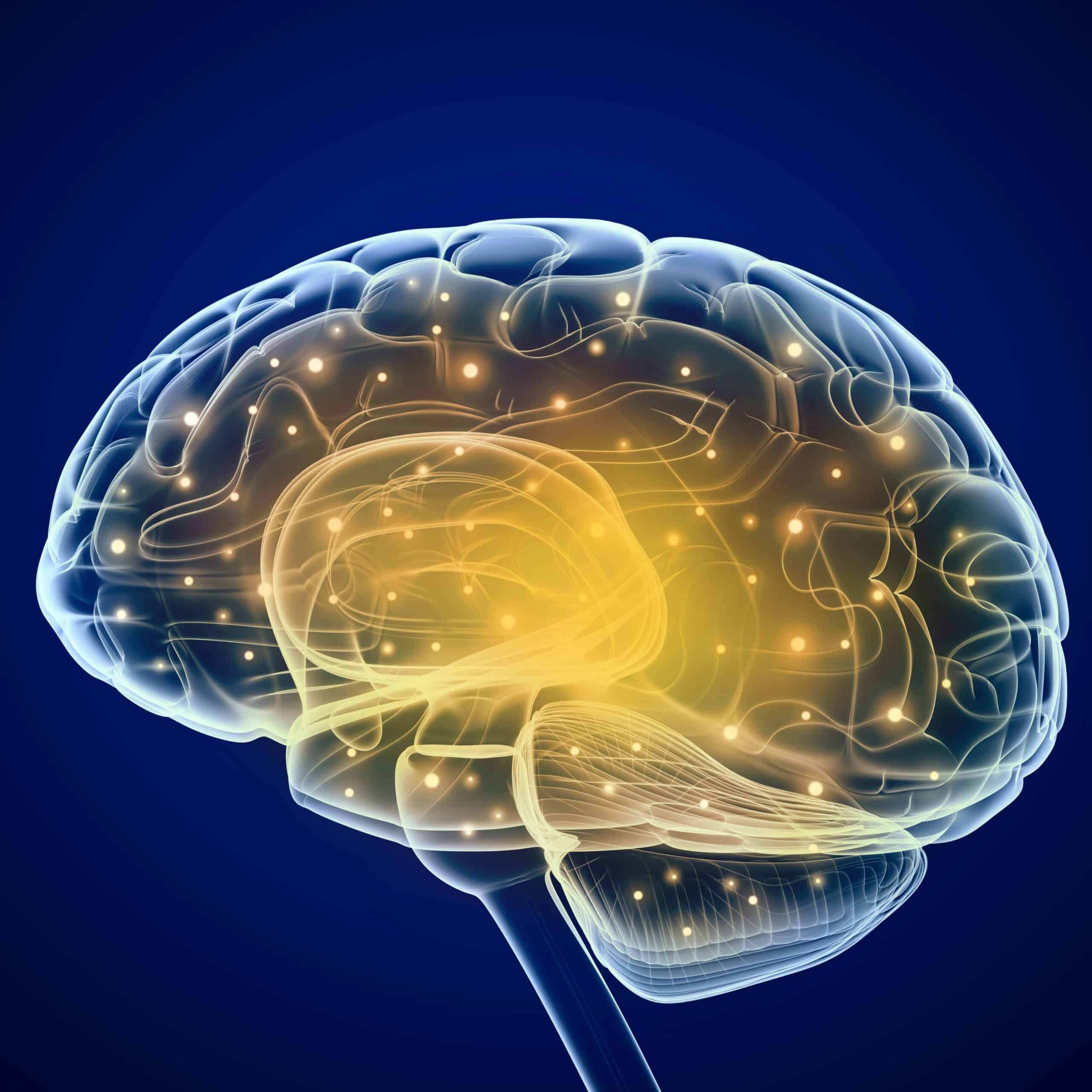UC San Francisco scientists have determined that administering a component of the klotho protein to mice at varying ages quickly boosts mental and physical performance. This finding also proved true for impaired mice. Prior studies showed associations between high klotho levels and improved cognition, yet mice genetically designed to generate high klotho levels were used for those studies. It was unclear as to whether klotho could be provided in a manner similar to a drug to quickly boost cognition in mice or humans with low/normal levels of this hormone. The UC San Francisco study confirms klotho has true therapeutic potential. The study results were published online in Cell Reports.
About Klotho
Klotho is a life-extending protein hormone that a small percentage of people naturally produce at high levels. It is naturally generated in the brain and kidneys, existing in several forms and affecting several different systems within the body. Once klotho is produced, it positions itself within cell membranes. Enzymes cleave off a segment that moves within the cerebrospinal fluid and blood that bathes the spinal cord and brain. The klotho fragment the researchers injected in mice is similar to the cleaved portion of the hormone that naturally moves throughout the blood. Yet klotho doesn’t move across the blood-brain barrier that blocks certain substances from entering the brain. Therefore, researchers are not completely sure how klotho influences brain function.
The Results
The study showed that administering klotho boosts cognition across a range of domains – including spatial learning and memory, as well as working memory. The question remains as to how a piece of klotho hormone injected into mice spurs such effects. There is no evidence klotho can enter the brain by way of the bloodstream.
“It makes us wonder about the connection between the body and the brain,” said Dena Dubal, a member of the UCSF Weill Institute for Neurosciences. “What we saw with acute klotho administration may be similar to what happens with exercise, which also improves cognition and brain health, although we don’t know how.”
A Lasting Effect
The beneficial effects outlined above occurred in mere hours in mice. They lasted longer than the amount of time klotho was active within the body. This suggests there is a lasting effect of one treatment. This is likely due to the remodeling of the synapses where communication between nerve cells occurs. The researchers tested mice at 18 months of age. This equates to a human being at age 65. It was determined one klotho injection drastically boosted the ability to navigate and master new tasks.
The research team also examined mice engineered to generate a human protein known as alpha-synuclein. This is a Parkinson’s disease hallmark that also contributes to Alzheimer’s disease. Alpha-synuclein contributes to Parkinson’s patients’ movement disturbances. Providing such mice with klotho boosted their motor function. Mice treated with klotho also learned better and were more inclined to explore new spaces than untreated mice. This suggests the treatment boosts the resiliency of diseased brains.
“There’s stronger and stronger evidence that the body works in a very integrated way, and that systemic effects profoundly affect the resilience of our brain,” Dubal said.
Klotho is a complex hormone that affects many different systems in the body, and it has several forms. Once produced, it lodges itself in cell membranes, then enzymes cleave off a portion that circulates in the blood and the cerebrospinal fluid that bathes the brain and spinal cord.
The piece of klotho that Dubal’s team injected into mice is similar to the cleaved piece of the hormone that naturally circulates in the blood. However, since klotho does not cross the blood-brain barrier, which blocks the admission of some substances from the general circulation into the brain, researchers are not really sure exactly how it alters brain function.
Prior Genetic Modification Work
Prior research showed mice with genetic modifications exposed to elevated levels of klotho from birth had a higher amount of the synaptic protein referred to as GluN2B sub-unit. This is implicated in synapse strengthening that is vitally important to memory and learning. The researchers heading the current study anticipated finding an abundance of GluN2B in mice treated with klotho. No such determination was made. Rather, after several months of experiments and data analyses, the researchers gradually realized klotho treatment boosted activation of sub-units that were already in place.
The researchers specifically blocked GluN2B sub-units to determine if klotho could still activate them. They found these sub-units could not be activated by klotho. They analyzed 4,000 proteins to determine which altered together in the brains of mice treated with klotho. This analysis identified glutamate receptor signaling that involves GluN2B as the primary pathway affected by klotho treatment.
Dubal said that these newest findings, along with others like the experiments involving exercise or in which older mice have been rejuvenated with blood from younger mice, are helping to clarify the dimly understood connections between the body and the brain.
“All of this work is going to teach us something really important about how the body transmits resilience to the brain,” Dubal said. “That’s where this is taking us.”




